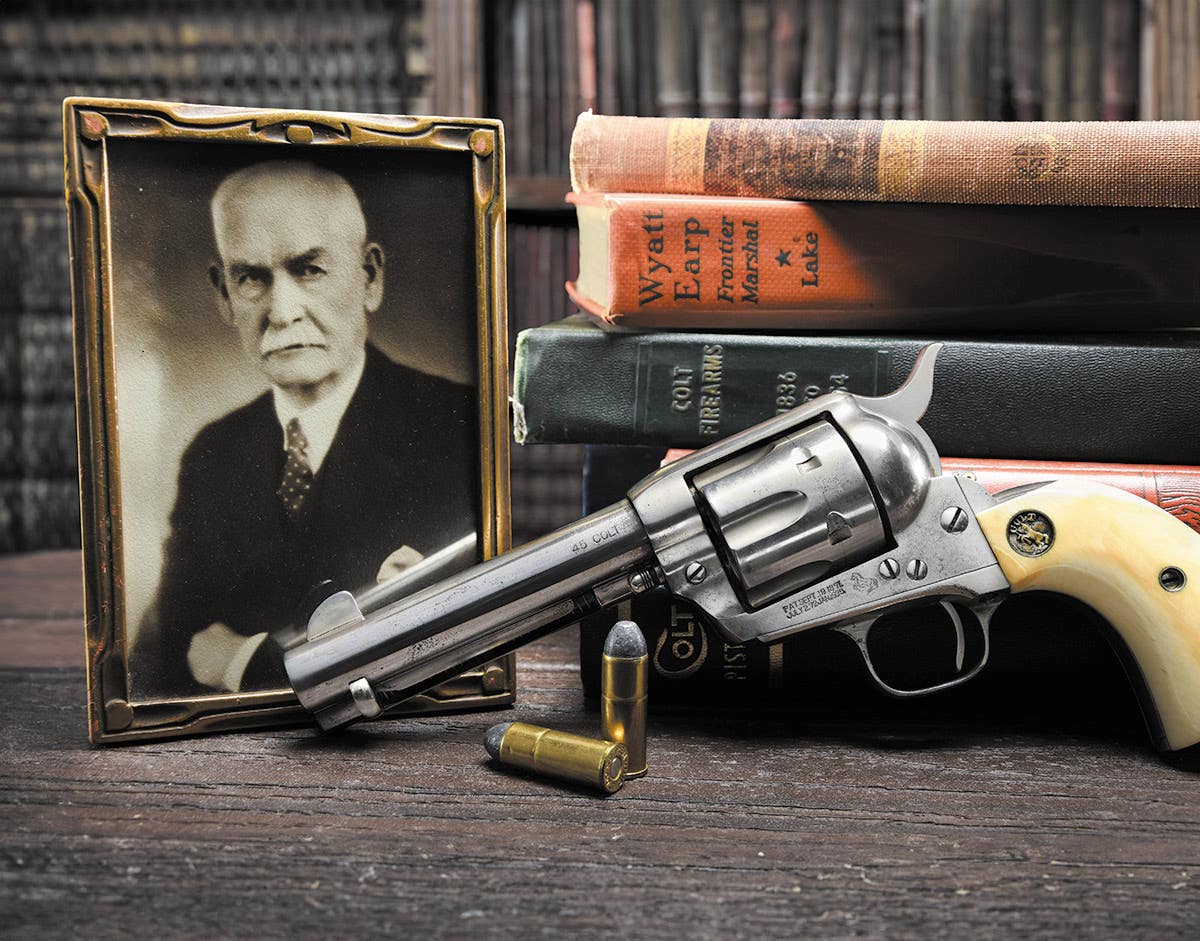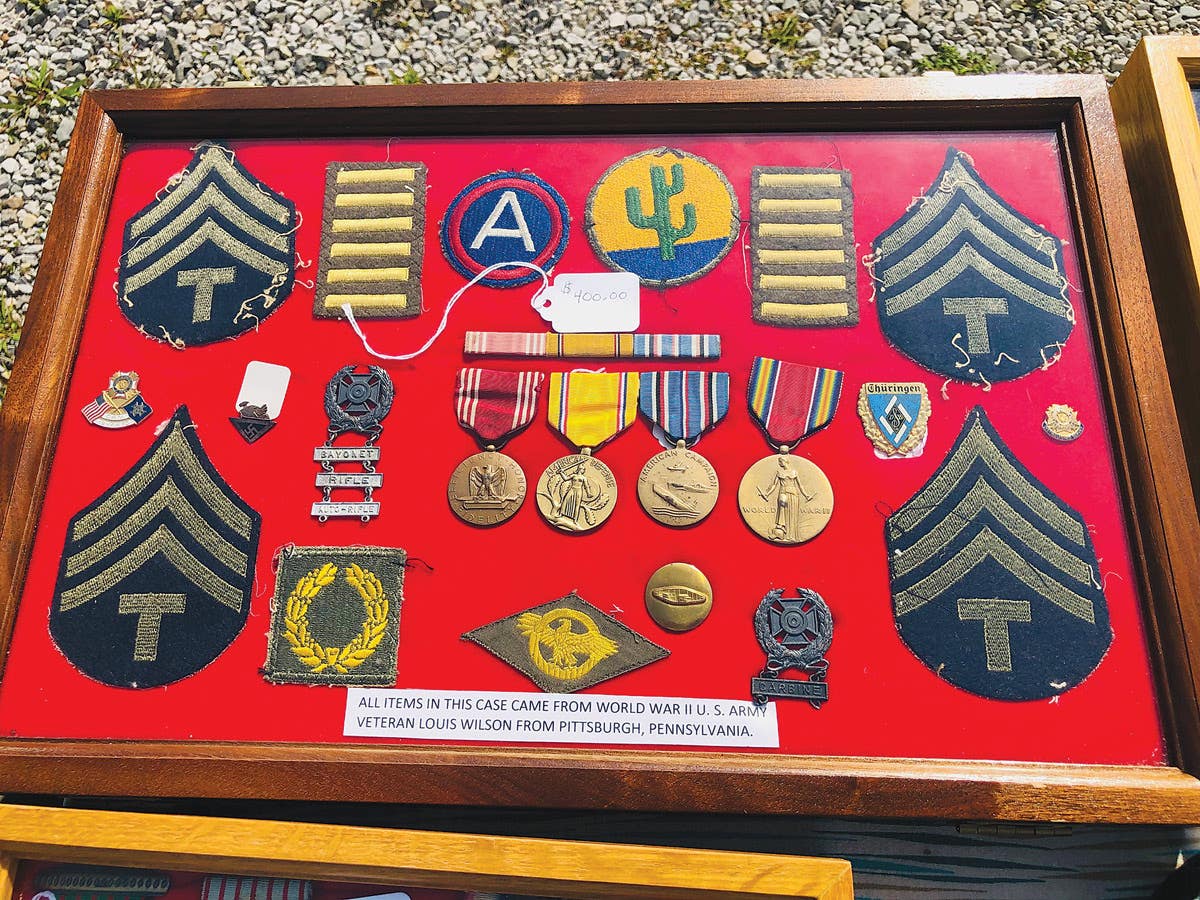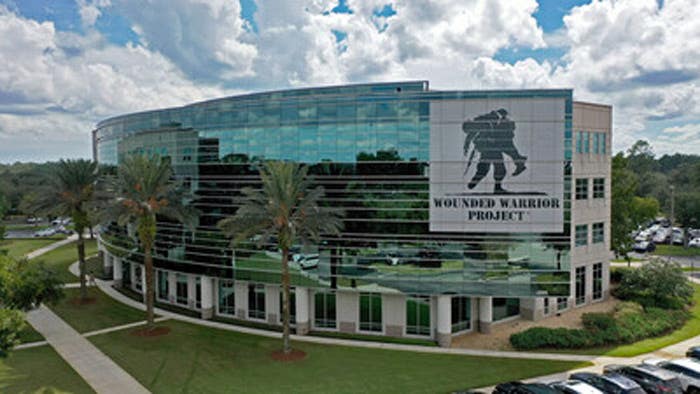Silent Winged Warriors
By Brent Brown June 6, 1944: Allied officers in London nervously waited for any news about Operation Overlord. Although General Eisenhower and his staff had planned for victory, too many…
By Brent Brown
June 6, 1944: Allied officers in London nervously waited for any news about Operation Overlord. Although General Eisenhower and his staff had planned for victory, too many things could go wrong, including the entire landing force being pushed back into the English Channel. Ike had written a note accepting full responsibility should the landing fail. Radio silence was the order of the day. News finally came from a source of communication that had proven itself for centuries: Homing pigeons.
Three birds, The Duke of Normandy, Gustave, and Paddy, delivered the first messages from Normandy. The Duke of Normandy had been carried into action by British Airborne Forces who used him to report on their landing. The bird successfully flew backto his owner’s loft, who quickly carried the message to London.
Gustave was part of the Royal Air Force Pigeon Services. He entered the invasion aboard an Allied Landing Ship Tank (LST). Reuters News correspondent, Montague Taylor, used Gustave to carry notes to London on the early stages of the landing. Later that day, the third bird, Paddy, was released on French soil to report that the Allied Forces had landed.
PIGEONS IN SERVICE
Pigeons have been used by military forces for thousands of years. The Greeks, Persians, and Romans relied on them. They were used during The Crusades, and by the Germans during the Franco-Prussian War.
The US Army first used them in 1878 butthe program met with little success as the local commander decided if and how they were to be used. There was no official training program for the birds. The US Army began to use pigeons during World War I, primarily based on the success of British and German programs.
The Pigeon Service was established as part of the Signal Corps in July 1917. Civilian racing pigeon associationsprovided instructors and care takers.
During the Meuse-Argonne offensive, more than 400 birds delivered 442 messages. One pigeon, Cher Ami, is credited for bringing news from the 77th Division’s “Lost Battalion” despite exhibiting two serious wounds upon his return. The Mocker, another U.S. pigeon, won the Distinguished Service Cross and the French Croix de Guerre.
During World War II, both Allied and Axis forces relied heavily on pigeons. One of thereasons was that they could take messages beyond the range of many front line radios. Some RAF heavy bombers even took them along on bombing missions.
There are many accounts of pigeons doing their job for US forces in combat conditions during World War II. One of the most famous, GI Joe, served in Italy and is credited with saving thousands of Allied soldiers when he brought news that the village of Colvi Vecchio wasin Allied hands. Without the info, the forces would have been bombed by their own planes.
Pigeons also served in the Pacific Theater, there are several accounts of them flying through fierce fighting at Guadalcanal. Jungle Joe was a pigeon dropped to American forces deep in Japanese-held Burma. When released days later, he carried valuable information more than 225 miles. His efforts resulted in the Allies liberating a large part of Burma.
The training of pigeons began when they were 28 days old. Each bird served until no longer needed. Trainees were given new homes and their habits were modified to meet military needs.
The birds hadto adapt to new situations and were trained to be carried in vehicles, by soldiers, andby war dogs. The trainers were dedicated men. It was a seven-day-a-week job to raise, care for, and train the pigeons. An 82 page manual, TM 11-410, instructed handlers on all aspects of pigeon care, training, breeding, and curing diseases.
Not every pigeon trained was accepted for service. Pigeons were also used by the Marines, Coast Guard, and the Navy (where the use of pigeons can be traced back to 1897). Their roles in the Navy was primarily that of messengers for rigid airships and observation balloons.
War correspondents also used pigeons. It was not unusualfor an article to have a byline which read “News by Pigeongram.” Correspondents usually sent their messages by “single tossing,” a practice in which only one birdcarried information. Most military messages were sent by “double tossing,” a procedure that used two birds to carry the same message. Some handlers on the front line believed the birds worked better in pairs and seemed to enjoy company on long flights.
When more pigeons were needed they could be delivered in special containers that carried either four or eight birds. Aircraft would fly at speeds below 125 miles per hour and at heights between 200 and 1,000 feet and successfully parachute the pigeons where needed.
By the end of the war, the U.S. Army Signal Corps Pigeon Service consisted of more than 3,000 enlisted men and 150 officers. Over 54,000 birds were trained and about 36,000 served overseas. One pigeon company is credited for delivering 6,000 messages in a month.
The average mission for a pigeon was 20 to 90 miles but flights of more than 300 miles were recorded in Burma. Most flew at speeds around 70 miles per hour and at an altitude of about 600 feet, but higher elevations were recorded. The average return rate for pigeons on a mission was 98%. Theirmain enemies were birds of prey.
How pigeons found their way back is still unknown. Hunger and reproduction may be the basic urges that drive them. They also drink large amounts of water for their size and enjoy bathing.
Pigeons continued to serve in the U.S. Army after WWII untilthe Pigeon Corps Service disbanded in 1957. The long history of the use of pigeons as message carriers was based on the reliability of these birds, and the fact that these “silent messengers” were virtually undetectable by enemy forces.








